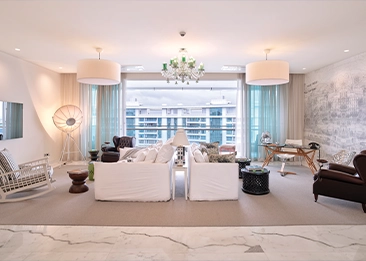Date: 12th September 2023 | Blog
Here are some things to learn from the Japan’s Ukiyo art
Art is a representation of our times, something that mirrors life as it is in the mind of the artist. It has a way of capturing those ephemeral moments in culture that have come to represent an era. One such example of representational art can be found in Japanese Ukiyo or Ukiyo-e art as it was popularly known.
Not only did this form of art come to define life in Japan from the 17th to 19th centuries, it also had a profound influence on prominent European artists like Vincent Van Gogh, Mary Cassatt and Henri de Toulouse-Lautrec as well as the Japonism movement in art and design.
Originally borne from 'uki' meaning sad and 'yo' meaning life. Ukiyo came to symbolize the Buddhist idea that life was transient. The term ukiyo ("floating world") came to describe this hedonistic lifestyle of Japan's middle class.
This time was characterised by one of peace and economic prosperity and as such, with a sudden increase in income yet no way to transcend the rigid class structure, the middle class of Edo (modern Tokyo) indulged in the entertainments of kabuki theatre, courtesans, and geisha of the pleasure districts.
Ukiyo art came to chronicle the lives of the prosperous middle class as they enjoyed in their revelry. These idyllic narratives not only document the leisure activities and climate of the era, they also depict the decidedly Japanese aesthetics of beauty, poetry, nature, spirituality, love and sex.
What differentiated this era of art from any other was the access that the public had to Ukiyo prints. Ukiyo art was made for mass consumption. It is commonly said that in Edo Japan, anyone could own a masterpiece Ukiyo print for about the price of a bowl of noodles. While this claim is oversimplified, it is true that by the 17th century, Ukiyo printmakers innovated a centuries-old woodblock text printing technique to create colourful picture prints that were distributed widely for popular consumption.
If there is one thing we can learn from Ukiyo art, it is this – Art is meant to be consumed. It is not something that must be hidden away in museums, galleries and owned by collectors; Art is something that belongs to everybody and as such should be accessible to all.









